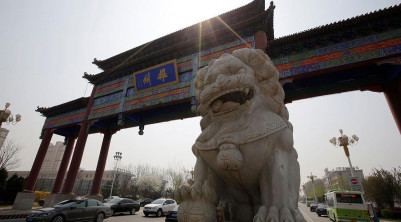
The Chinese government’s project to build Xiong’an, and new metropolis to relieve Beijing from its non-capital functions, was considered to be the first step towards new-type urbanization in China. Andhra Pradesh in India embarked on a similar project in 2014 to build a new capital city from scratch. The ambitious projects in both countries emerged with a strong policy backbone – while Amaravati was selected as a greenfield project under the National Smart Cities Mission, China’s National New Urbanization Plan 2014-2020 laid the foundation for the development of Xiong’an. These policies for progressive models of city development recognised the gaps left by previous approaches and emphasized a shift towards context-specific and people-centric urbanization. However, the implementation of these projects seems to fall in the same pitfalls they seek to avoid. This paper presents an analysis of Amaravati and Xiong’an, two ambitious projects led by strong political motives which have managed to gain traction based on their claims of people-centric urbanization. It attempts to highlight the consequences of the projects on a traditionally-marginalised section of the population, the migrants in Beijing and the farmers on the banks of Krishna river in Andhra Pradesh. For these cities to be successful models, it is important to move beyond heavy dependence on financial and political support, to shift from mere imitations to cities which respect the social ecology and environmental context.
© 2019 ICS All rights reserved.
Powered by Matrix Nodes